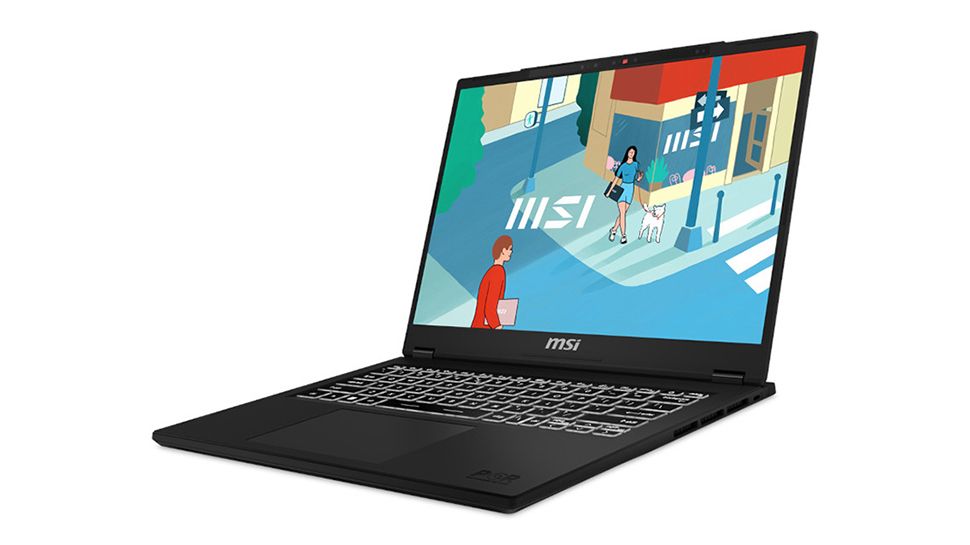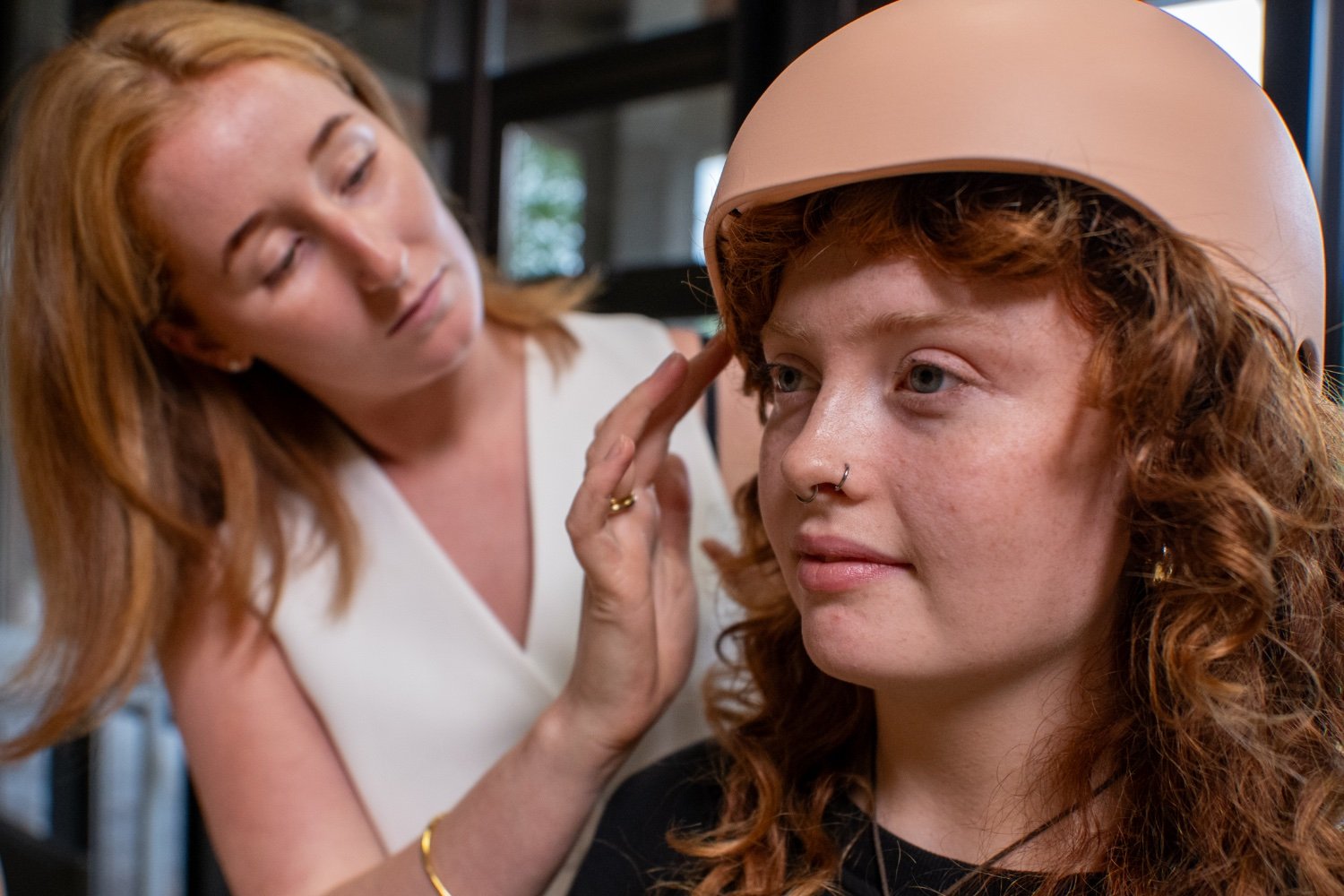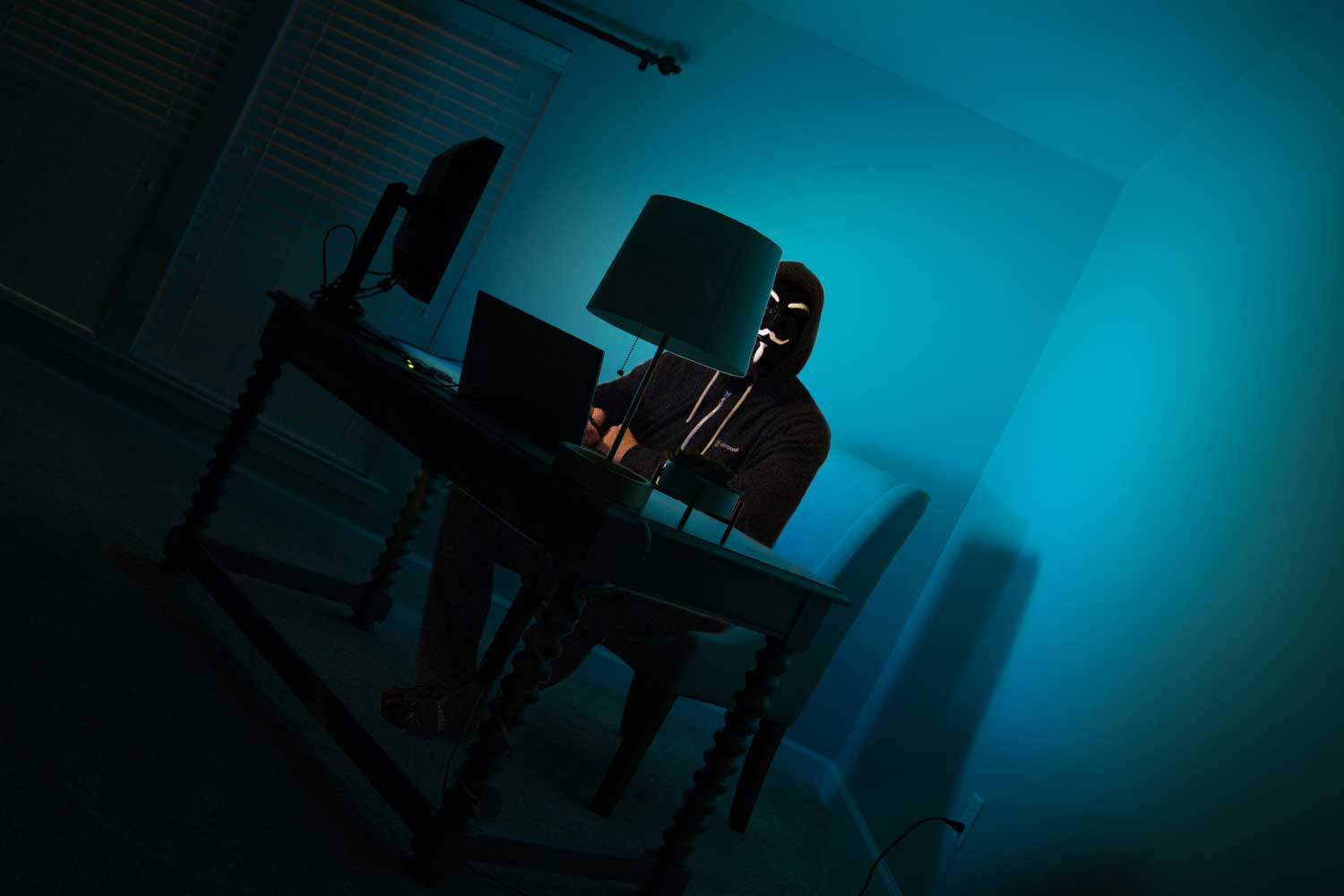Keeping a backup copy of our life is a great idea. It is something we can do with photos and documents to know that they are safe (and accessible) if a misfortune occurs. The same thing happens with the history of humanity. In recent years, dozens of museums and libraries have dedicated themselves to digitizing their archives and sharing them for free. With the arrival of COVID-19 and the closure of museums, many began creating virtual tours of their rooms and access to art is something that is easier than ever.
The National Library of Anthropology and History of Mexico has not wanted to be left behind and already has its digital photographic archive ready in a huge database that we can visit whenever we want.
The library. The Mexican BNAH is unfathomable. Currently, it has a set of cultural assets made up of more than 500,000 specimens that are also in constant development. You can find a historical newspaper library, a photo library, a map library, a sound archive with recordings ranging from musical sounds of popular culture to recordings of oral testimonies. It also houses about 200 of the 550 Mesoamerican codices known in the world and is something that can be visited.
The project. However, for many it is possible that Mexico City, where the building is located, is somewhat far away. That is why, in 2021, the National Institute of Anthropology and History of Mexico established the Specialized Research Laboratory for the Protection of Documentary and Bibliographic Heritage, a kilometer name for a department with a very specific function: digitize those files and share them with the world.
To do this, and with an endowment of about six million pesos – about 300,000 euros at the exchange rate – large format and resolution scanners, full frame cameras (with additions such as filters, tripods and lenses), spotlights to be able to take photographs were acquired. with the highest quality and a large capacity central storage unit. This system is equipped with expansion units and image management software.
Cultural collection. Through this link, we can access the digitized file. You can find scanned photographs that show how structures such as those in Yucatán, Teotihuacán, Mexican towns were discovered, moments such as the inauguration of relevant buildings, everyday photos, compendiums of pre-Hispanic tools, maps, codices or official documents.
Protecting the past. This equipment is available to the archive that wants to use it and, to date, more than 100,000 cultural assets have been digitized. Beyond being able to share the objects and documents from the different archives with the world, the objective is preservation. Yosajandi Huerta Avendaño is the professional of the BNAH Photo Library and commented that this digitization contributes to preserving pieces damaged by the passage of time or whose manipulation represents a biological risk.
An example is surviving daguerreotypes, which could emit silver halide or be damaged by contact. And it is something applicable to any other type of file that is digitized, since this reduces manipulation if someone wants to study its content without having to have the original outside its protected environment.
In any case, the function is double, since at the same time it is preserved, it allows us to know the cultural wealth of the Library even if we are thousands of kilometers away.
In WorldOfSoftware | A public database reveals a lost Mayan city full of pyramids and plazas. It was hidden in plain sight under a jungle in Mexico











